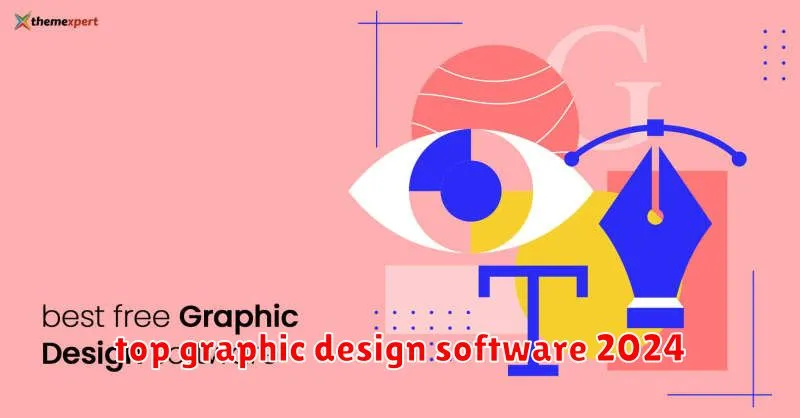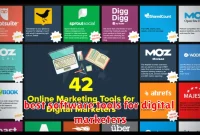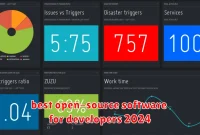In the ever-evolving landscape of digital art and design, having the right tools can make all the difference. Graphic design software has become increasingly powerful, intuitive, and accessible, empowering creatives of all levels to bring their visions to life. But with so many options available, choosing the best software for your specific needs can feel overwhelming.
This comprehensive guide will explore the top graphic design software solutions poised to dominate in 2024. Whether you’re a seasoned professional or just starting your design journey, we’ll delve into the key features, strengths, and weaknesses of each program to help you make an informed decision. From vector graphics and photo editing to layout design and prototyping, discover the software that will elevate your creativity and streamline your workflow in the coming year.
Adobe Photoshop
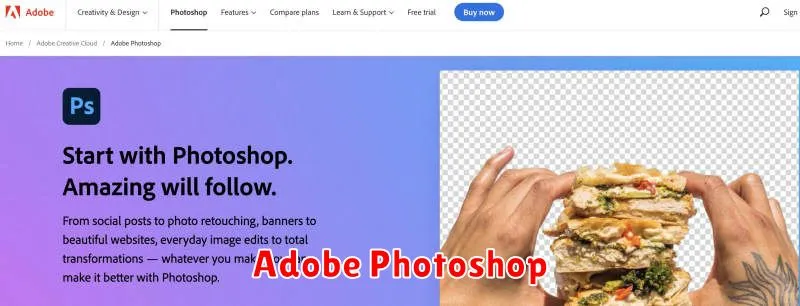
Adobe Photoshop remains an industry titan in the graphic design world. Renowned for its versatile raster editing capabilities, Photoshop excels in image manipulation, digital painting, and graphic creation.
Key features for designers include layers, masks, a vast library of brushes and filters, and comprehensive color management tools. While Photoshop caters to both beginners and professionals, its extensive toolset may require dedicated time to master.
Whether you’re retouching photographs, designing website layouts, or crafting unique illustrations, Adobe Photoshop continues to be a powerful tool for bringing your creative visions to life in 2024.
CorelDRAW
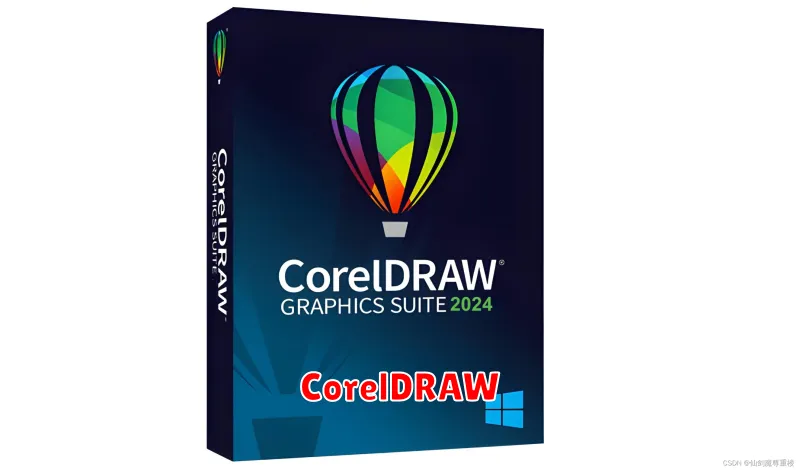
A powerful and versatile vector graphics editor, CorelDRAW remains a mainstay for professional designers across various industries. Its intuitive interface, coupled with a comprehensive set of tools, makes it ideal for creating logos, illustrations, brochures, and more.
Key Features:
- Precision vector editing for scalable graphics
- Extensive font library and typography tools
- Advanced color management and support for various color models
- Page layout features for designing multi-page documents
- Support for various file formats for compatibility
While its subscription-based model might deter some users, CorelDRAW’s robust features and industry-standard compatibility make it a compelling choice for both seasoned professionals and aspiring graphic designers.
Sketch
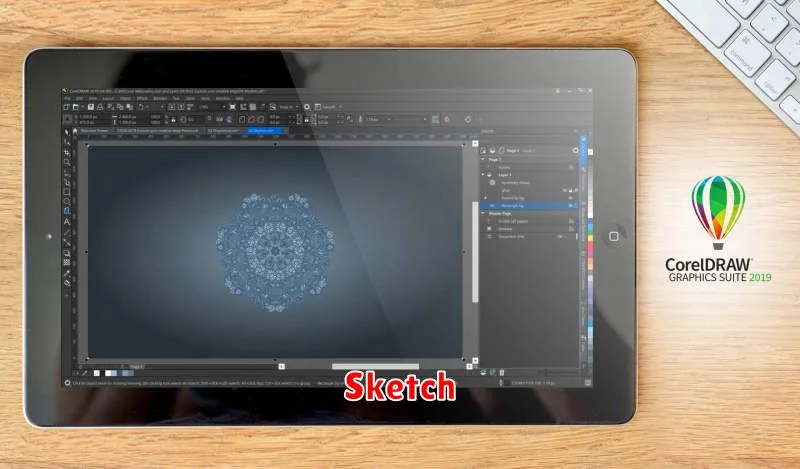
Sketch has long been a favorite among designers specifically for UI/UX design, and for good reason. This vector-based design tool is known for its intuitive interface and powerful features tailored to creating websites, apps, and digital experiences.
Sketch boasts a robust plugin library, allowing designers to extend functionality and customize their workflow. Its focus on collaboration makes it easy for teams to work together on projects simultaneously.
However, one limitation is that Sketch is exclusively available on macOS.
Affinity Designer
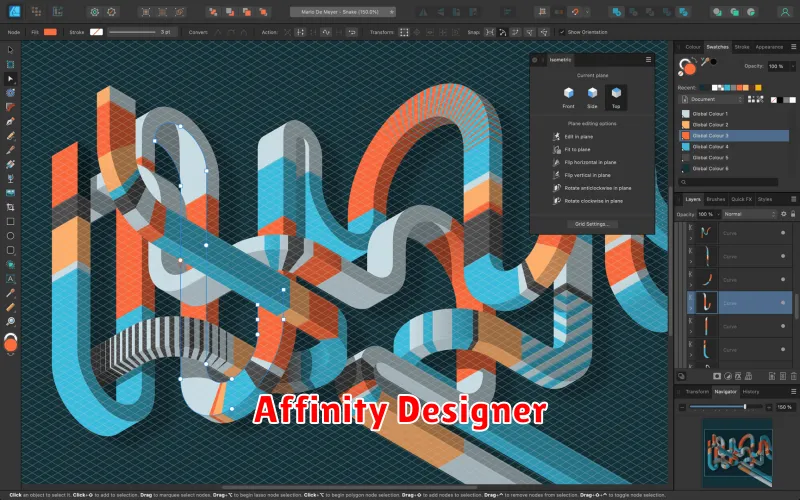
Affinity Designer is a powerful, vector-based design software that has been gaining popularity as a serious contender to Adobe Illustrator. It boasts an intuitive interface and a full suite of tools for creating illustrations, logos, icons, and other marketing materials.
One of the biggest draws of Affinity Designer is its affordable price point. Unlike Adobe’s subscription model, Affinity Designer offers a one-time purchase, making it a more budget-friendly option for freelancers and businesses.
Key Features:
- Precise vector editing tools
- Advanced pen and node tools
- Support for CMYK, RGB, and LAB color spaces
- Seamless integration with other Affinity apps (Photo, Publisher)
- Available on Windows, macOS, and iPad
Affinity Designer is a great option for both beginners and experienced designers looking for a powerful and affordable vector design software. Its intuitive interface and comprehensive feature set make it easy to create professional-quality designs.
Inkscape
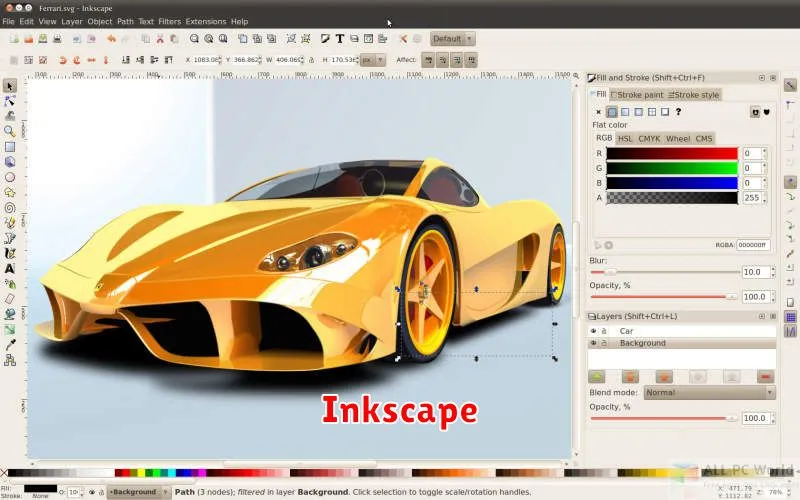
For designers seeking a powerful and free vector graphics editor, Inkscape stands out as a top contender. This open-source software rivals industry giants like Adobe Illustrator, offering a comprehensive suite of tools for creating illustrations, logos, diagrams, and more.
One of Inkscape’s strengths is its node editing capabilities, allowing for precise control over vector shapes. It boasts a wide range of features including path operations, calligraphy tools, and text manipulation options. Moreover, its support for various file formats, including SVG, EPS, and PDF, ensures seamless compatibility.
While Inkscape may have a steeper learning curve compared to some other design tools, its extensive online community and abundance of tutorials make it accessible to both beginners and seasoned professionals. Its cost-effectiveness and cross-platform compatibility solidify its position as a valuable asset in any graphic designer’s toolkit.
Gravit Designer
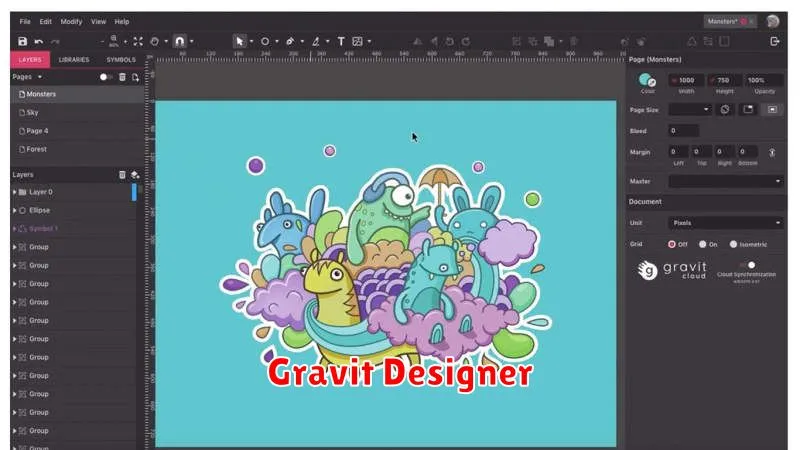
Gravit Designer is a free and powerful vector design application available as both a desktop and web app. This accessibility makes it a convenient choice for individual designers.
Its strength lies in creating illustrations, icons, and UI designs, though it’s less versatile for complex print projects. Gravit Designer stands out for its intuitive interface and collaborative features, making it a solid option for beginners and those who value real-time teamwork.
GIMP
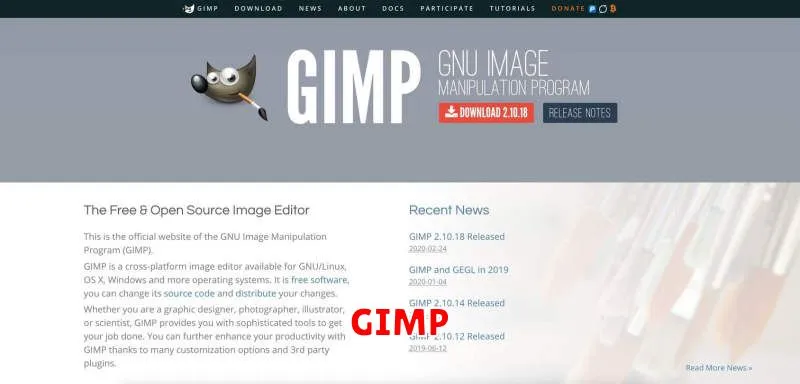
GIMP (GNU Image Manipulation Program) is a powerful, free, and open-source image editor that’s been a favorite among designers for decades. Its interface and features are very similar to Adobe Photoshop, making it an excellent alternative for those on a budget or seeking a non-subscription-based solution.
Pros:
- Completely free and open-source
- Cross-platform compatibility (Windows, macOS, Linux)
- Extensive features for photo editing, digital painting, and graphic design
- Highly customizable interface and tools
- Active community support and resources
Cons:
- Can be resource-intensive on older hardware
- Steeper learning curve compared to some beginner-friendly alternatives
- Limited CMYK support, not ideal for professional printing workflows
GIMP is a fantastic option for both beginner and experienced graphic designers looking for a robust and versatile image editor without the cost. Its extensive features, customizability, and active community support make it a compelling choice for a wide range of design projects.
Adobe Illustrator
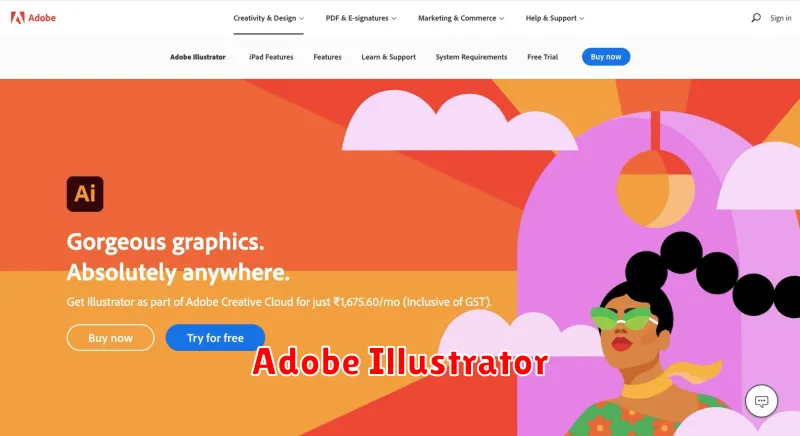
Adobe Illustrator stands as the industry-standard vector graphics editor, renowned for its power and versatility. It’s an essential tool for graphic designers of all levels, allowing them to create everything from simple icons to intricate illustrations and complex logos.
Key Features:
- Vector-based editing: Create infinitely scalable graphics without losing quality.
- Comprehensive toolset: Access a vast array of tools for drawing, shaping, coloring, and manipulating objects.
- Typography controls: Craft beautiful typography with advanced font controls and text effects.
- Seamless integration: Works seamlessly with other Adobe Creative Cloud applications like Photoshop and InDesign.
Pros:
- Industry-standard, recognized by employers worldwide.
- Unmatched precision and control for vector graphics.
- Extensive features and tools for professional design.
- Wide range of tutorials and resources available.
Cons:
- Subscription-based model can be expensive.
- Steep learning curve for beginners.
Ideal for: Graphic designers, illustrators, logo designers, and anyone who needs to create scalable vector graphics for print, web, and other media.
Canva
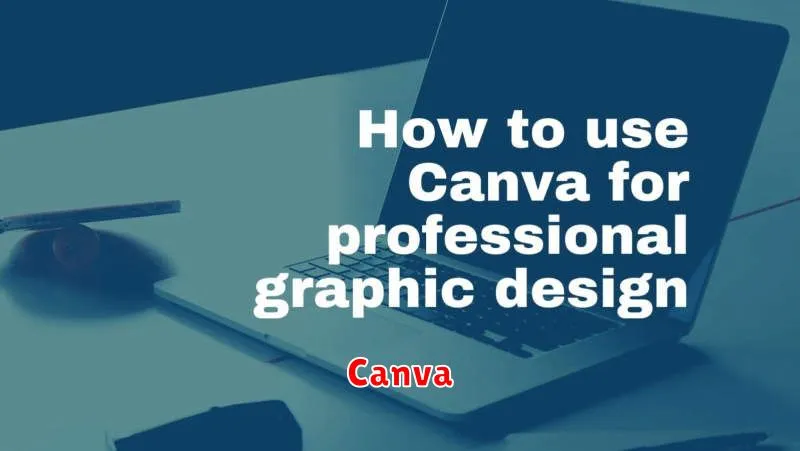
Canva stands out as a user-friendly graphic design platform, celebrated for its intuitive drag-and-drop interface and vast library of templates. It caters to both beginners and experienced designers, offering a wide array of design options encompassing social media graphics, presentations, posters, and more.
One of Canva’s greatest strengths lies in its extensive template library. These professionally designed templates simplify the design process, allowing users to easily customize them with their own branding, images, and text. This makes Canva particularly appealing to individuals who may not have extensive design experience or are working under tight deadlines.
Canva also provides access to a vast collection of stock photos, illustrations, icons, and fonts, further simplifying the design process and providing users with ample creative resources. Collaboration features are also integrated into Canva, enabling teams to work together seamlessly on design projects.
While Canva’s free plan offers a generous suite of tools, the Canva Pro plan unlocks a wider selection of premium templates, stock photos, and features like background removal and the ability to upload custom fonts.
Figma
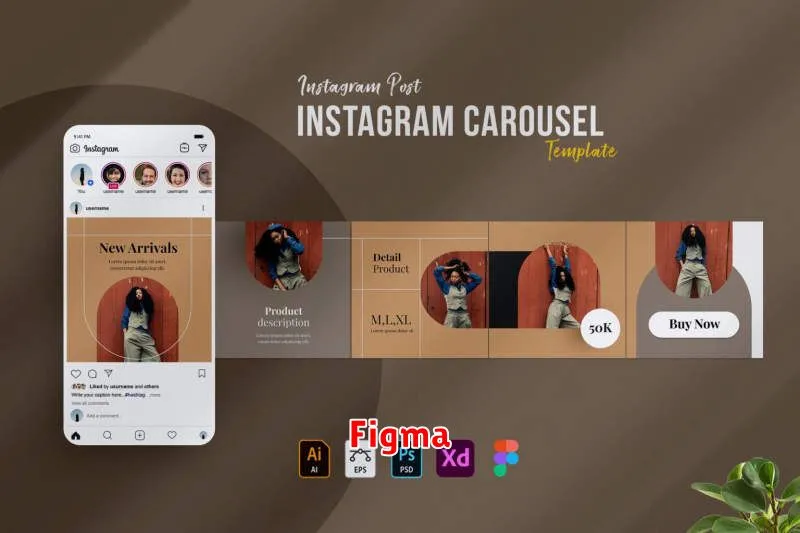
Figma has rapidly become a favorite among designers for its incredible collaborative features. Real-time collaboration allows multiple designers to work on the same project simultaneously, making it ideal for teams and agencies.
Beyond collaboration, Figma boasts a powerful vector editing suite, prototyping tools for bringing designs to life, and a robust plugin ecosystem for extended functionality. Its web-based nature ensures accessibility from any device, eliminating software compatibility issues.

